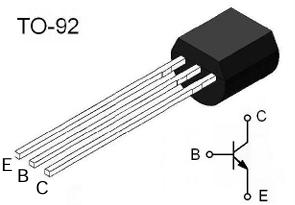Date:2025-06-09 Categories:Product knowledge Hits:418 From:Guangdong Youfeng Microelectronics Co., Ltd
Protection Circuits
To safeguard the power transistor from damage caused by overvoltage, overcurrent, or other abnormal conditions, protection circuits are often incorporated. Overcurrent protection can be achieved using fuses or current-limiting resistors. Overvoltage protection may involve the use of zener diodes or transient voltage suppressors (TVS) to clamp excessive voltages. In inductive loads, such as motors, a freewheeling diode is connected across the load to prevent voltage spikes when the transistor switches off.
Application Considerations
When using power transistor, several factors need to be taken into account. The maximum ratings of the transistor, including collector-emitter voltage (VCEO), collector current (IC), and power dissipation (PC), must not be exceeded. The operating frequency should also be within the transistor's specified range to ensure proper performance.
In power supply applications, power transistor are used as switching elements in switching power supplies, offering high efficiency. In audio amplifiers, they are employed to amplify audio signals to drive speakers, requiring low distortion and good linearity. In motor control, power transistor are used to switch and control the motor current, enabling speed and direction control.
In conclusion, the proper use of power transistor requires a good understanding of their working principles, appropriate biasing, effective thermal management, and suitable protection circuits. By following these principles and considering the specific application requirements, power transistor can operate reliably and efficiently in various electronic systems.

Previous: Classification, Structure, and Principle of MOSFET